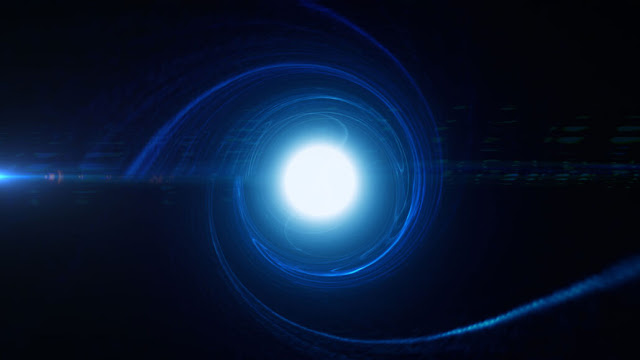Scientists didn’t believe it could be done until recently. They believed it would be prohibited by the fundamental principles of physics. However, a determined team of researchers at the University of Warsaw has finally achieved the impossibility: they have produced a hologram of a single light particle.
With this achievement, a new age in quantum holography is being ushered in, offering scientists a fresh perspective on quantum phenomena.
Quantum holograms
Holography, as opposed to photography, gives us the 3-dimensional shapes of objects by reproducing their spatial structure. The method makes use of a phenomenon known as classical interference, which occurs when two waves collide and generate a third wave.
However, because photons have a continually fluctuating phase, which is a feature of waves, classical interference cannot occur with them. Thus, the physicists in Warsaw attempted to give quantum holograms a taste of their own medicine through the use of quantum interference, which is the interaction of photons’ wave functions, which deal with the likelihood that a particle will exist in a specific state.
“Wave function is a fundamental concept in quantum mechanics and the core of its most important principles, the Schrödinger equation,” according to the announcement. “The function could be likened to putty in the hands of a skilled sculptor by a skilled physicist. It can be skilfully sculpted to create a model of a quantum particle system by “molding” it.”
So why photons?
Two of the researchers, Radoslaw Chrapkiewicz and Michal Jachura, discovered something known as two-photon interference while recording the behavior pairs of photons.
When distinct photon pairs enter a beam splitter, which divides a light beam, they behave randomly. This phenomenon is known as two-photon interference. However, nondistinguishable photons behave differently due to quantum interference. Every time, the pairs are reflected or transmitted together.
“After conducting this experiment, we wondered if two-photon quantum interference could be applied in holography in a manner akin to classical interference to exploit known-state photons to learn more about unknown-state photons. Our study revealed an unexpected finding: the shape of the two photons’ wavefronts—an imaginary surface that connects all nearby spots with the same phase—determines the direction of the interference when they display quantum interference, according to Chrapkiewicz’s press statement.
Understanding quantum mechanics
The results of this experiment will significantly impact our comprehension of the basic principles of quantum mechanics, a branch of physics that has baffled researchers for almost a century. It enables researchers to learn important details about the wave function phase of a photon.
“Our experiment is one of the first allowing us to directly observe one of the fundamental parameters of photon’s wave function — its phase — bringing us a step closer to understanding what the wave function really is,” Jachura stated.
By using this technique, the researchers want to produce holograms of increasingly intricate quantum objects, which could have practical uses beyond basic science.
“It is imperative that physicists as a whole comprehend this novel instrument,” stated Konrad Banaszek, one of the experiment’s researchers. “It’s likely that real applications of quantum holography won’t appear for a few decades yet, but if there’s one thing we can be sure of, it’s that they will be surprising.”


